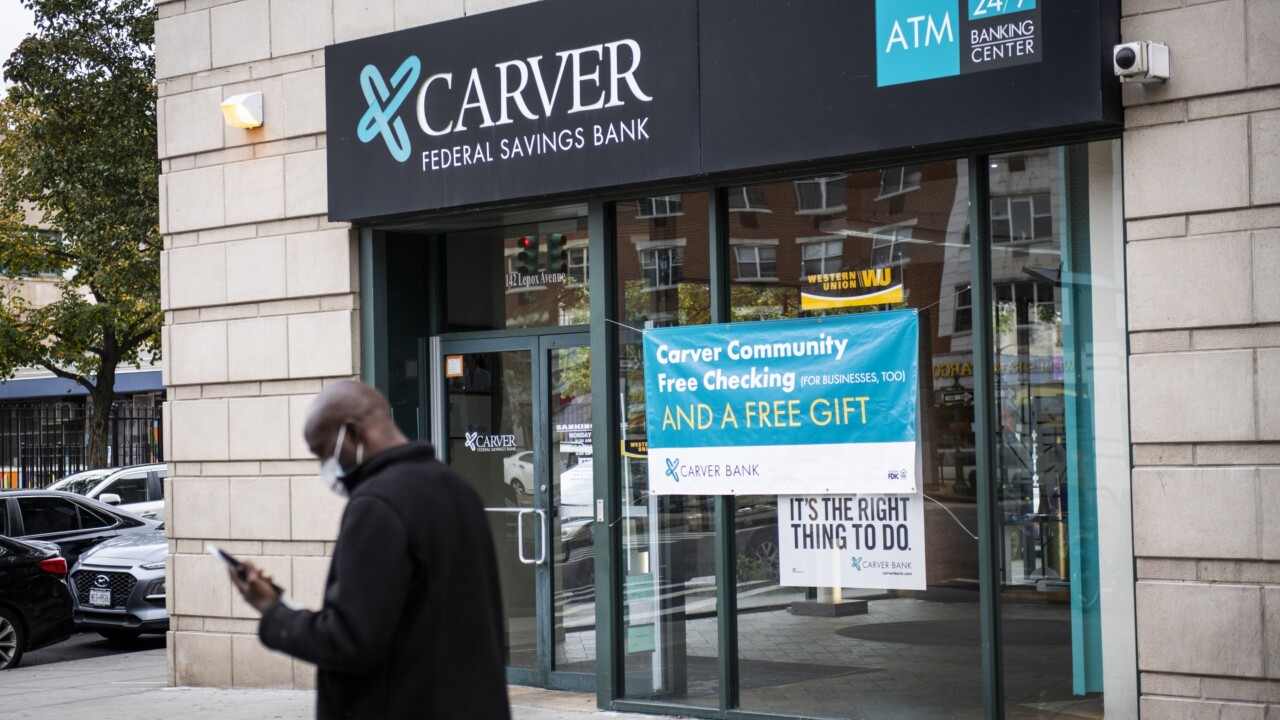When you think of the word innovation, many different concepts and places come to mind. You may think of high-speed rail transit in Japan or Elon Musk’s Hyperloop. But, while the world is focused on these established regions, several countries across Latin America are driving significant change — especially in payments and e-commerce.
Innovation is defined by Merriam-Webster as “the introduction of a new idea, method or device.” This is what’s happening right now in LATAM, as changing consumer preferences have forced Latin America to innovate new payment solutions to meet the needs of its consumers. These payment innovations are the key for merchants to scale into the region, but only if they are able to navigate the intricacies of the market.
The countries in Latin America are almost as diverse economically as they are culturally. LATAM’s e-commerce is on the rise. According to PPRO data, the region’s B2C e-commerce growth is 23% compared to a global average of 15%. In 2019, 155.5 million people in the region purchased goods and services online, which is a dramatic increase from 126.8 million in 2016. But many merchants are not aware of the nuances of the region and barriers to capitalizing on this booming market. Each country in Latin America has different cultural, regulatory and technical factors that influence the success of a merchant expanding into LATAM.
Merchants must take into account the way the regions’ payment infrastructure is built, and the specific payment preferences of LATAM’s consumers. Shoppers will only pay with the methods they trust, some of which might appear foreign to international merchants. Many consumers are either underbanked or unbanked, reflected in the payment breakdown of the region showing 21% of e-commerce payments made with cash. Payment methods like Brazil’s Boleto Bancario, Mexico’s Oxxo, or Argentina’s Rapipago allow LATAM consumers access to global e-commerce all with cash. Consumers simply find the goods they want to purchase, add to cart and at checkout print a barcode for the order. They take this barcode to their local convenience store, or even bank branches the consumer doesn’t bank with, and pay in cash for the total value. The payment will then be confirmed, and the item will be shipped out. These cash vouchers are the definition of innovation, adaptation and helping bridge gaps in global e-commerce.





